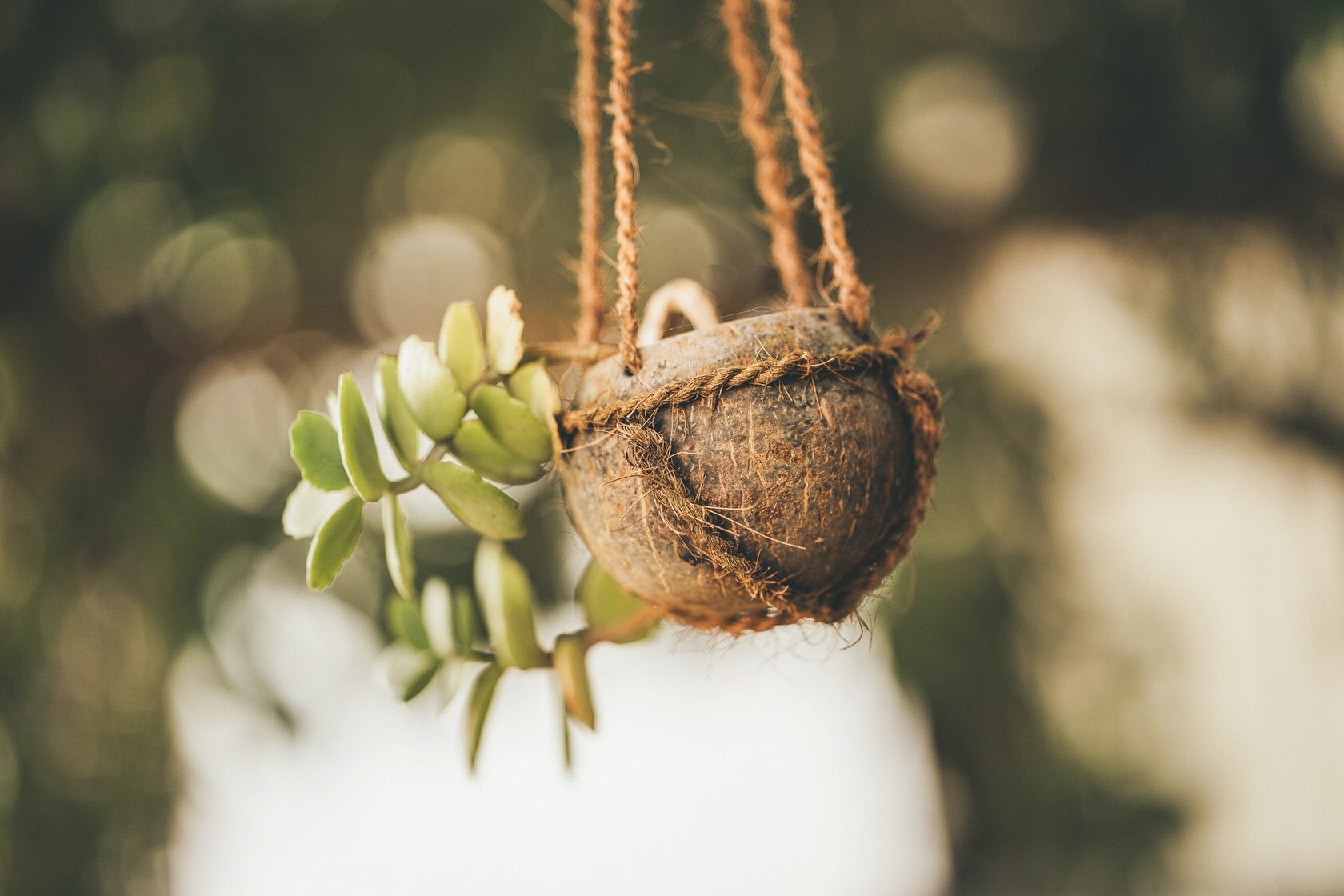Oxygen, essential for our survival, is under threat due to the effects of climate change. But what do we really know about oxygen production? And what can we do to increase it? Let’s debunk four common myths.
Myth 1
The Amazon forest is THE main source of the planet’s oxygen.
False! While the Amazon produces “only” 10 to 15% of the planet’s oxygen… 50% comes from our oceans. We must thank photosynthetic plankton and zooplankton for this vital portion of our planet's oxygen production (and for providing a vital food source for a multitude of marine species). But these little critters aren’t the only hard workers. The ocean is home to many other photosynthetic organisms, such as algae, corals, and seagrasses, which, unlike algae, have roots and even flowers! Global warming is threatening this entire ecosystem, which is vital for our survival. In Bel Ombre, the NGO Reef Conservation collaborates with the Rogers Group to regenerate seagrass and coral reef ecosystems through scientific research, education, and conservation initiatives.
Myth 2
The oceans regulate our climate.
True. The ocean absorbs a large quantity of CO2 from the atmosphere and helps regulate our climate, primarily due to phytoplankton. Without the oceans, there would be 25% more CO2 in the atmosphere, exacerbating global warming. So thank you, who? That being said, the ocean's capacity to absorb carbon isn’t infinite and is nearing its limit, making immediate action a priority to counter this issue.
Myth 3
When it comes to oxygen production, all plants are equal.
True… and false.
Yes, all plants produce oxygen. But to assess a plant’s contribution to our oxygen supply, it’s important not only to consider the amount of oxygen it produces but also the resources it requires. A cactus needs less water than a begonia, for example. The golden rule is to always favour indigenous species, as research shows that they stabilise the ecosystem and support the local flora. Hence, conservation efforts focus on endemic forests such as in the Bel Ombre Nature Reserve, which was recognised as a “Man and Biosphere” reserve by UNESCO.
Myth 4
No sun, no life.
False! Plants thrive even in shaded areas where sunlight is indirect and limited. Because, just like human beings, their structure has evolved to adapt to their environment. These plants have larger leaves and special pigmentation, which allow them to photosynthesise even in low light. These highly resilient plants make excellent indoor plants.
As you can see, every little step matters when it comes to improving our air quality. Supporting environmental conservation and restoration efforts is equally important.




















